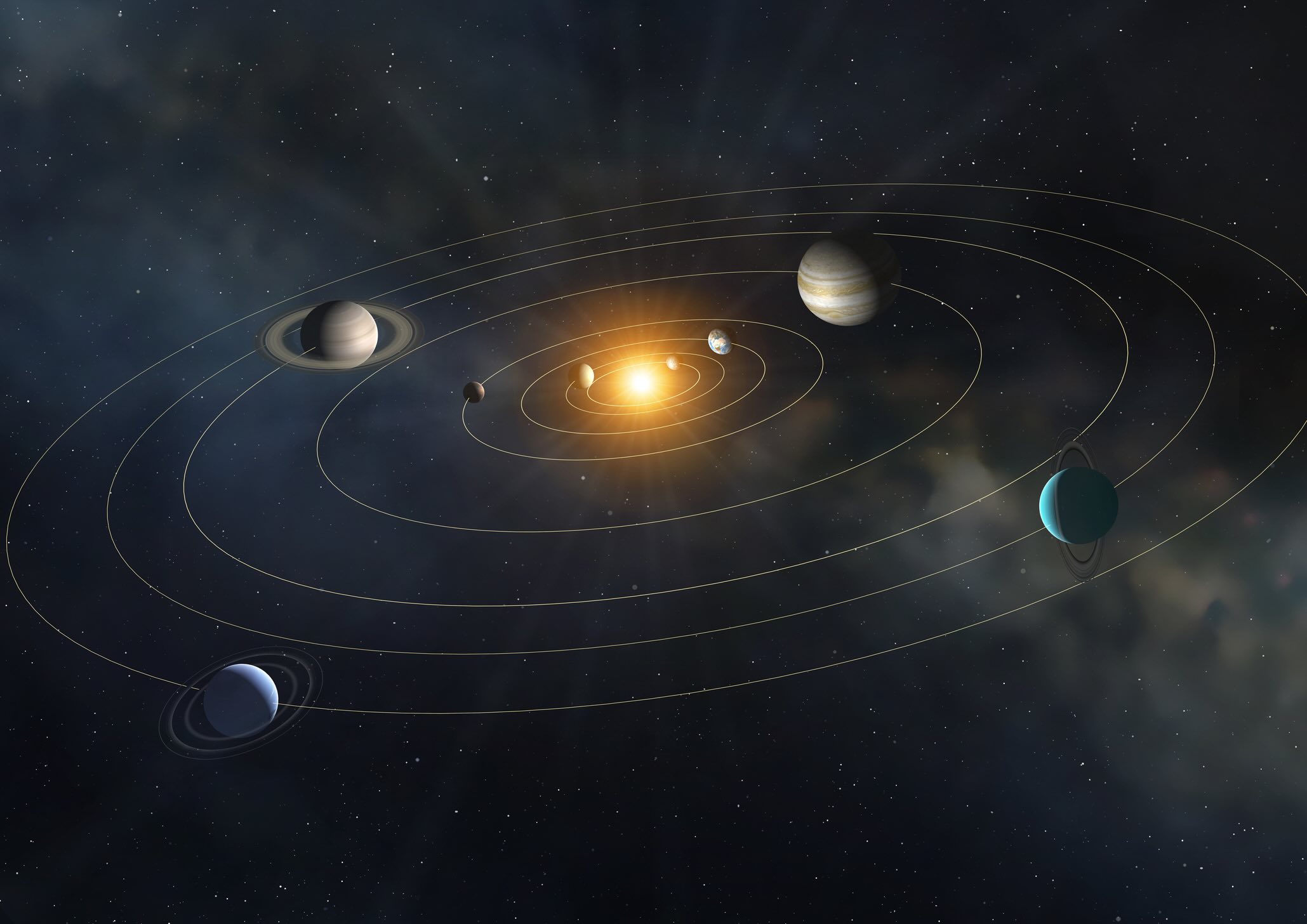
What is the ecliptic? The ecliptic is the imaginary line that represents the path the Sun takes across the sky over the course of a year. This line is crucial for understanding the movement of celestial bodies in our solar system. It’s not just about the Sun, though. The ecliptic also helps astronomers track the positions of the Moon and planets. Why does it matter? Knowing about the ecliptic can help you grasp how seasons change, why eclipses happen, and even why certain constellations are visible at different times of the year. Ready to dive into some cool facts? Let’s get started!
What is the Ecliptic?
The ecliptic is a fundamental concept in astronomy. It represents the apparent path the Sun takes through the sky over the course of a year. This imaginary line is crucial for understanding celestial movements and the positioning of various astronomical objects.
- The ecliptic is the plane of Earth's orbit around the Sun.
- It is inclined at an angle of about 23.5 degrees to the celestial equator.
- The ecliptic intersects the celestial equator at two points known as the equinoxes.
- The Sun appears to move along the ecliptic due to Earth's orbit.
- The ecliptic is divided into 12 equal parts, each corresponding to a zodiac sign.
Why is the Ecliptic Important?
Understanding the ecliptic helps astronomers predict the positions of celestial bodies. It also plays a significant role in astrology, where the zodiac signs are based on the ecliptic's division.
- The ecliptic is used to define the zodiac, a band of constellations.
- Eclipses occur when the Moon crosses the ecliptic plane.
- The ecliptic helps in determining the seasons.
- It is essential for celestial navigation.
- The ecliptic plane is a reference for the orbits of other planets in the solar system.
Ecliptic and the Zodiac
The zodiac signs are directly linked to the ecliptic. Each sign represents a segment of the ecliptic and corresponds to specific constellations.
- The zodiac is divided into 12 signs, each 30 degrees wide.
- Aries is the first sign of the zodiac, starting at the vernal equinox.
- The Sun spends about one month in each zodiac sign.
- The constellations of the zodiac lie along the ecliptic.
- The positions of the planets in the zodiac are used in astrology to create horoscopes.
Ecliptic and Eclipses
Eclipses are fascinating astronomical events that occur due to the alignment of the Sun, Moon, and Earth along the ecliptic plane.
- Solar eclipses happen when the Moon passes between the Earth and the Sun.
- Lunar eclipses occur when the Earth passes between the Sun and the Moon.
- Eclipses can only happen when the Moon is near the ecliptic plane.
- The points where the Moon's orbit crosses the ecliptic are called nodes.
- Eclipses repeat in cycles known as the Saros cycle, approximately every 18 years.
Historical Significance of the Ecliptic
The concept of the ecliptic has been known since ancient times. Early astronomers used it to track celestial movements and develop calendars.
- Ancient Babylonians were among the first to study the ecliptic.
- The Greeks named the ecliptic and developed early models of the solar system based on it.
- The ecliptic was crucial for the development of the Julian and Gregorian calendars.
- Early navigators used the ecliptic to find their way across oceans.
- The ecliptic helped in the prediction of celestial events, such as eclipses and planetary conjunctions.
Modern Uses of the Ecliptic
Today, the ecliptic continues to be an essential tool in astronomy and space exploration.
- The ecliptic is used in the design of spacecraft trajectories.
- It helps in the alignment of telescopes for observing celestial objects.
- The ecliptic is a reference for the International Celestial Reference Frame (ICRF).
- Modern planetariums use the ecliptic to simulate the night sky.
- The ecliptic is crucial for understanding the dynamics of the solar system.
Fun Facts about the Ecliptic
Here are some interesting tidbits about the ecliptic that you might not know.
- The word "ecliptic" comes from the Greek word "ekleipsis," meaning "eclipse."
- The ecliptic is not fixed; it slowly changes due to the gravitational pull of other planets.
- The ecliptic plane is different from the invariable plane, which is the average plane of the solar system.
- The ecliptic can be observed from Earth as the apparent path of the Sun against the background stars.
The Final Frontier
Ecliptic phenomena offer a fascinating glimpse into the universe's mechanics. From solar eclipses casting shadows on Earth to lunar eclipses painting the moon in eerie reds, these events captivate skywatchers worldwide. Understanding the ecliptic plane helps us grasp how planets and celestial bodies move in space. Ancient civilizations used these occurrences to develop calendars, predict seasons, and even guide spiritual beliefs.
Modern technology allows us to predict eclipses with pinpoint accuracy, making them accessible to everyone. Whether you're a seasoned astronomer or just curious, there's always something new to learn about the ecliptic. So next time you hear about an upcoming eclipse, take a moment to look up. You might just find yourself marveling at the wonders of our solar system. Keep exploring, keep questioning, and never stop being amazed by the universe's mysteries.
Was this page helpful?
Our commitment to delivering trustworthy and engaging content is at the heart of what we do. Each fact on our site is contributed by real users like you, bringing a wealth of diverse insights and information. To ensure the highest standards of accuracy and reliability, our dedicated editors meticulously review each submission. This process guarantees that the facts we share are not only fascinating but also credible. Trust in our commitment to quality and authenticity as you explore and learn with us.
